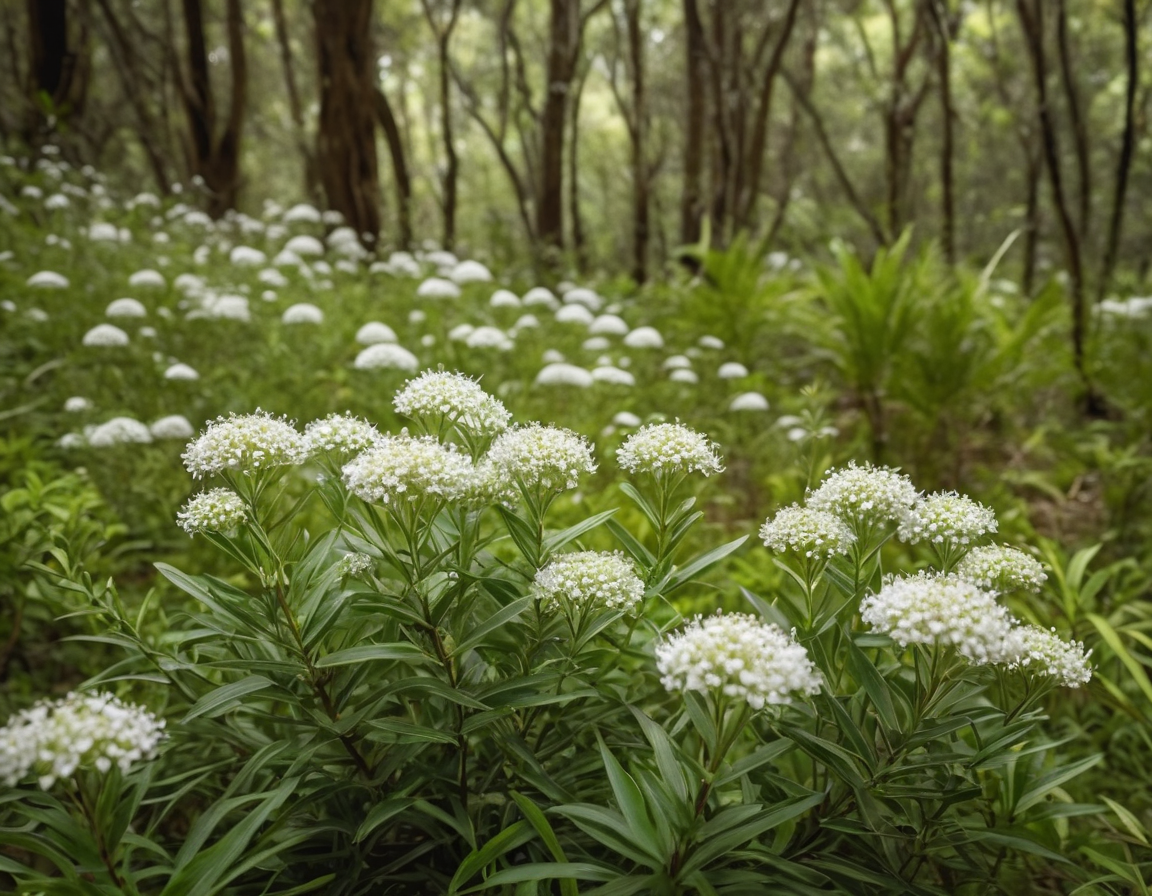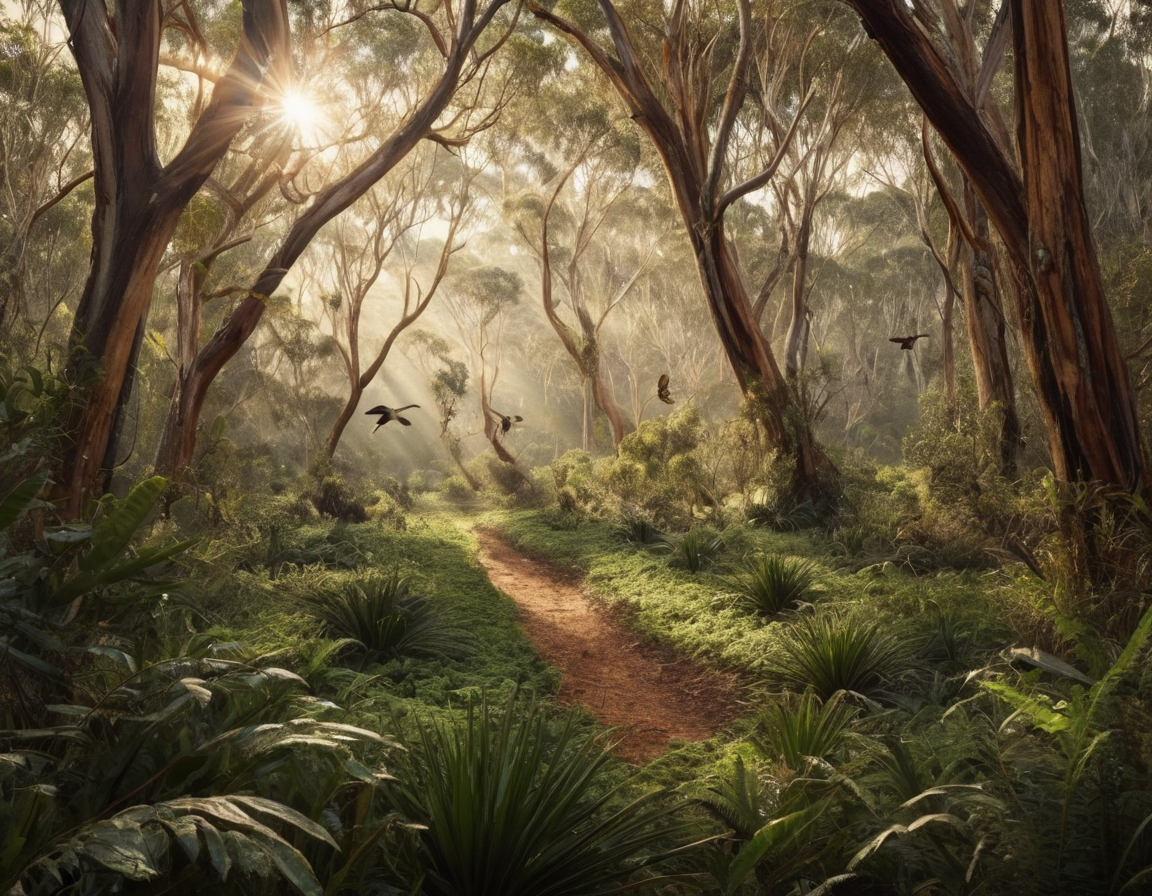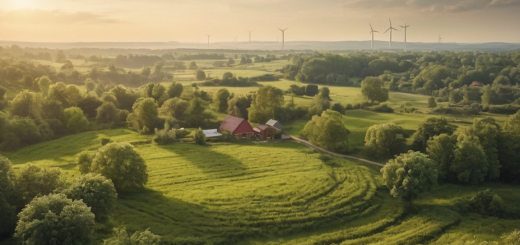Discovering the Enigmatic Leucopogon melaleucoides: Australia’s Hidden Floral Treasure
Meet the Leucopogon melaleucoides: A Secret of the Australian Bushland
Amidst the vast and diverse flora of Australia, an enigmatic plant known as Leucopogon melaleucoides quietly thrives. Commonly referred to as the ‘White Beard’, this plant possesses a mysterious charm that has captivated botanists and nature enthusiasts alike. In this blog post, we dive into the world of the Leucopogon melaleucoides, exploring its unique characteristics, ecological significance, and the conservation efforts in place to ensure its survival.

What is Leucopogon melaleucoides?
The Leucopogon melaleucoides, a bushy shrub that’s part of the Epacridaceae family, is native to southeastern Australia. It is well-known for its small, delicate white flowers that bloom in the understory of eucalypt forests. These flowers, which possess a subtle elegance, are not only a sight to behold but also play a crucial role in the local ecosystem as a source of nectar for various pollinators.
Ecological Importance
As part of the Australian bushland’s biodiversity, Leucopogon melaleucoides contributes to a delicate web of life. It provides essential habitat and food for an array of wildlife, including birds and insects. The plant’s existence is a reminder of the intricate connections within natural ecosystems and the importance of preserving each species.
Threats and Conservation
Despite its resilience, the Leucopogon melaleucoides faces several threats, including habitat destruction, invasive species, and climate change. Conservationists are working hard to protect this species through habitat restoration and public education initiatives. By understanding the value of the Leucopogon melaleucoides and taking steps to preserve it, we can ensure that it continues to thrive for generations to come.

Call to Action: Join us in our journey to uncover the secrets of Australian flora. Share this post to spread awareness about the Leucopogon melaleucoides, and consider supporting local conservation efforts. Together, we can make a difference in safeguarding our planet’s biodiversity.






